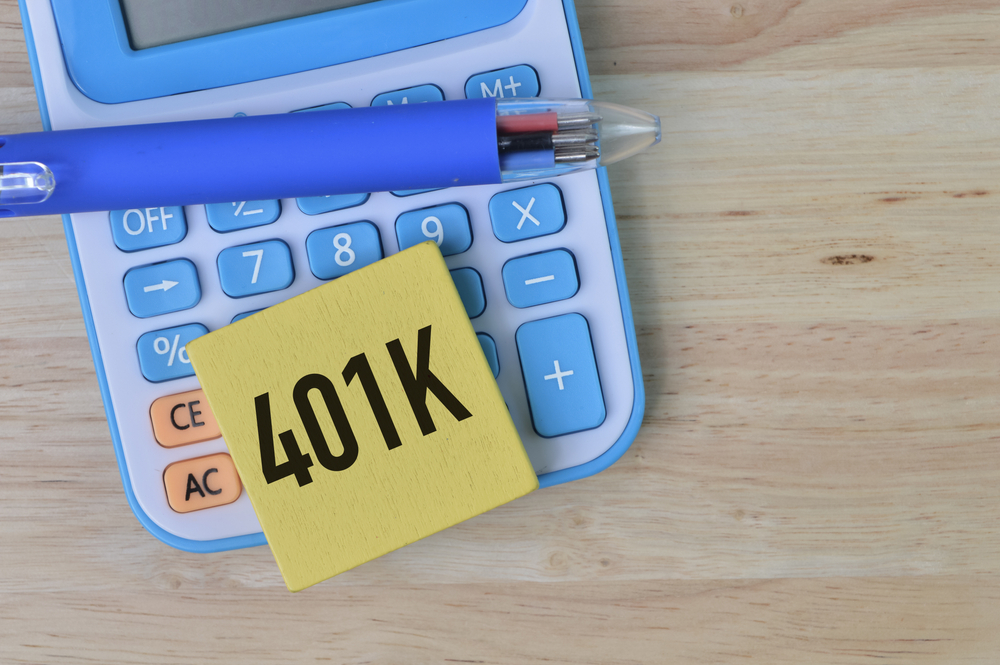
Most people think of their 401k as locked away until retirement. But life doesn’t always wait until you’re 59 and a half. Emergencies, job losses, or opportunities can make you wonder: Is there any way to get your 401k before the age of 59? The rules seem strict, and penalties can be severe. Still, there are a few exceptions and strategies to access your retirement funds early. Knowing your options can help you make a decision that fits your financial needs while minimizing long-term harm.
Before taking any step, it’s important to weigh the immediate need against your future security. Taking money early from your 401k can mean penalties, taxes, and less money for retirement. But in some cases, it’s possible—and sometimes unavoidable. Here’s what you need to know about getting your 401k before the age of 59.
1. Hardship Withdrawals
The IRS allows 401k hardship withdrawals if you’re facing an “immediate and heavy financial need.” This can include medical expenses, funeral costs, tuition, or avoiding foreclosure. However, your plan must allow for hardship withdrawals, and you’ll need to provide documentation proving your need. Even if you qualify, the withdrawal is usually subject to income tax and a 10% early withdrawal penalty unless you meet a specific exception.
Some exceptions to the penalty include permanent disability or major medical expenses. But in most cases, tapping your 401k for hardship reasons will cost you extra. Always check your plan’s rules and talk to your HR department before moving forward.
2. Substantially Equal Periodic Payments (SEPP)
Another way to get your 401k before the age of 59 is through SEPP, also known as 72(t) distributions. With this method, you agree to take at least five years of substantially equal withdrawals, or until you turn 59½—whichever is longer. There are strict IRS rules for calculating the payment amounts, and you can’t change the schedule once you start.
This approach avoids the 10% penalty, but you still pay regular income tax on withdrawals. If you stop the payments early or adjust the schedule, you’ll owe penalties retroactively. SEPP can be complicated, so it’s wise to consult a professional or use a trusted IRS resource on early distributions before proceeding.
3. Separation from Service at Age 55 (The Rule of 55)
If you leave your job in the year you turn 55 or later, you can access your 401k from that employer without the 10% early withdrawal penalty. This is often called the “Rule of 55.” It applies only to the 401k at your most recent employer, not to old plans or IRAs. The money is still subject to regular income tax, but the penalty is waived.
This option is helpful for those who retire or are laid off in their mid-to-late 50s and need bridge income before Social Security or other retirement funds kick in. Remember, if you roll your 401k into an IRA before taking withdrawals, you lose this option. Take care to understand the specifics before moving funds.
4. Loans from Your 401k
Some 401k plans allow you to borrow from your account. Usually, you can take up to 50% of your vested balance, up to $50,000. Loans don’t trigger taxes or penalties as long as you repay them on time, typically within five years. The interest you pay goes back into your account, which can be a silver lining.
But there are risks. If you leave your job, the loan may become due in full right away. If you can’t pay it back, the outstanding amount is treated as a distribution—subject to taxes and the 10% penalty if you’re under 59½. Borrowing from your 401k should be a last resort, not a first choice.
5. Qualified Domestic Relations Orders (QDROs)
If you’re divorced, a court may issue a QDRO to split your 401k with your ex-spouse. The receiving spouse can take a distribution from the 401k—even if they’re under 59½—without the 10% penalty. Income taxes still apply, but this exception can be useful during divorce settlements.
It’s critical to follow every legal step with a QDRO to avoid unintended taxes or penalties. Consult a lawyer or a financial advisor to make sure the order is drafted and processed correctly.
Other Exceptions and Considerations
There are a handful of other exceptions for getting your 401k before the age of 59. These include permanent disability, military reservist call-ups, and some medical expenses. But these situations are rare and have strict requirements. Each option has trade-offs, so it’s smart to understand the long-term impact on your retirement savings.
Remember, the goal of a 401k is long-term growth. Early withdrawals can hurt your future financial health, so use these options sparingly and only after careful thought.
Making the Best Choice for Your Financial Future
Getting your 401k before the age of 59 is possible, but it comes with strings attached. Most options involve taxes, penalties, or strict rules. Take time to consider alternatives, like emergency savings, personal loans, or even a side hustle, before tapping your retirement funds. If you must access your 401k early, try to minimize the impact on your retirement nest egg.
Have you ever had to consider taking money from your 401k before 59? What questions or concerns do you have about the process? Share your thoughts below!
What to Read Next…
- What Retirees Regret About Rolling Over Old 401ks Too Quickly
- How Many of These 8 Retirement Mistakes Are You Already Making
- 7 Reasons Your IRA Distribution Plan May Be Legally Defective
- 6 Retirement Plans That Kick You Off Federal Aid Without Notice
- 10 Financial Questions That Could Undo Your Entire Retirement Plan
The post Is There Any Way to Get Your 401k Before The Age of 59? appeared first on The Free Financial Advisor.







